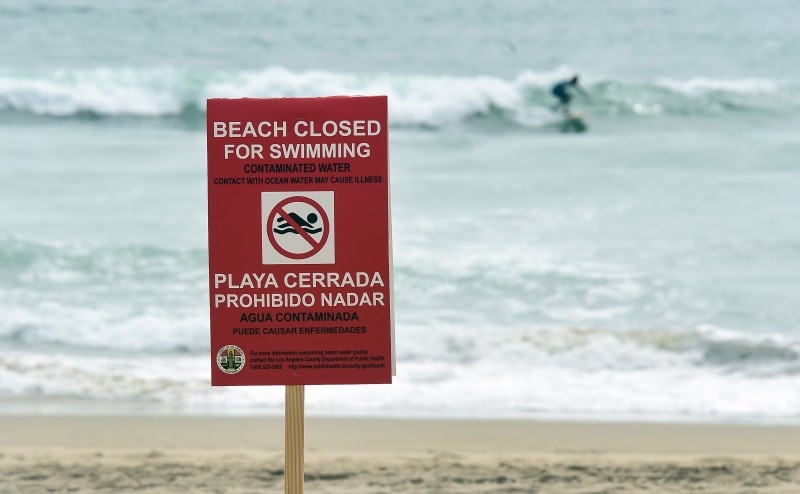The instrument known as a smart pig, however, has limits.
"The smart pig term is an oxymoron," said Robert Bea, civil engineering professor emeritus at the University of California, Berkeley, who has worked three decades with the pipeline industry. "As you may guess, the primary weaknesses show up in the human interpretation. They're only as smart as the people who are interpreting the signals."
Between the analysis of the smart pig data and decision-making based on those results, such as whether a company should repair or replace compromised sections of pipe, human error accounts for 80 percent of breakdowns, Bea said.
In one study Bea conducted, a man interpreting test results missed a defect and the pipe later failed under pressure. The day before he analyzed the results, the man's wife had told him she was leaving him.
"His mind was elsewhere," Bea said.
The Pipeline and Hazardous Materials Safety Administration offered no explanation for the vast differences between the preliminary finding from May 5 that the pipe wall lost 45 percent of its metal and what inspectors learned when they looked at the pipe and found it was worn down to 1/16 of an inch in the area of the 6-inch-long break on the bottom of the pipe.
That discrepancy surprised Bea and other experts, and Plains officials noted it in a statement.
The company said it was committed to working with federal investigators "to understand the differences between these preliminary findings, to determine why the corrosion developed and to determine the cause of the incident."
Federal, state and local prosecutors are investigating the spill. California Attorney General Kamala Harris said Thursday during a tour of the site that she was troubled by the latest report and criminal charges were possible.
Plains has no timetable for restarting the line and has not provided an estimate for cleanup costs to date. It has apologized for the spill that has soiled 60 miles of scenic coastline and said it would bear all costs. A commercial fisherman has filed a federal lawsuit seeking class-action certification for affected businesses.
[The Los Angeles Times reported Friday that Exxon, which uses the pipeline to move crude oil along the coast from offshore platforms, is seeking permission to use tanker trucks to transport petroleum to refineries.]
The nearly 11-mile pipeline runs through a coastal area with conditions known to cause accelerated corrosion. The villains are salt and moisture from the nearby Pacific Ocean, which can mix with soil.
The rate of corrosion is also influenced by temperature — the hotter the conditions, generally the greater likelihood of corrosion. The insulated pipeline operated at up to 120 degrees.
Temperatures in that range can also cause challenges for a key strategy to ward off corrosion, known as cathodic protection, a low-level electric current that is run through the pipeline.
A stronger level would be needed to offset the increased risk of corrosion at the higher temperatures.
Kevin Garrity, executive vice president for the Mears Group, corrosion engineering experts who work with the oil industry, said the level of metal loss at the site of the pipeline break was roughly 10 times greater than what would be expected with cathodic protection in place.
Federal regulators said Wednesday that the current levels for the system "appeared to be adequate." However, the agency also said corrosion "would not be expected" with the system running at that level, posing another riddle.
The report noted that the area that failed was close to three repairs made because of corrosion found in 2012 inspections. It also said the smart pig tests revealed that three other sections of pipe had extensive corrosion, with metal loss ranging from 54 percent to 74 percent.
"Those devices are not 100 percent," said Don Deaver, a former Exxon pipeline engineer who now works as a consultant and expert witness, primarily for plaintiffs. "When you have an area where you have a lot of corrosion, the error in those smart pigs goes up dramatically."

